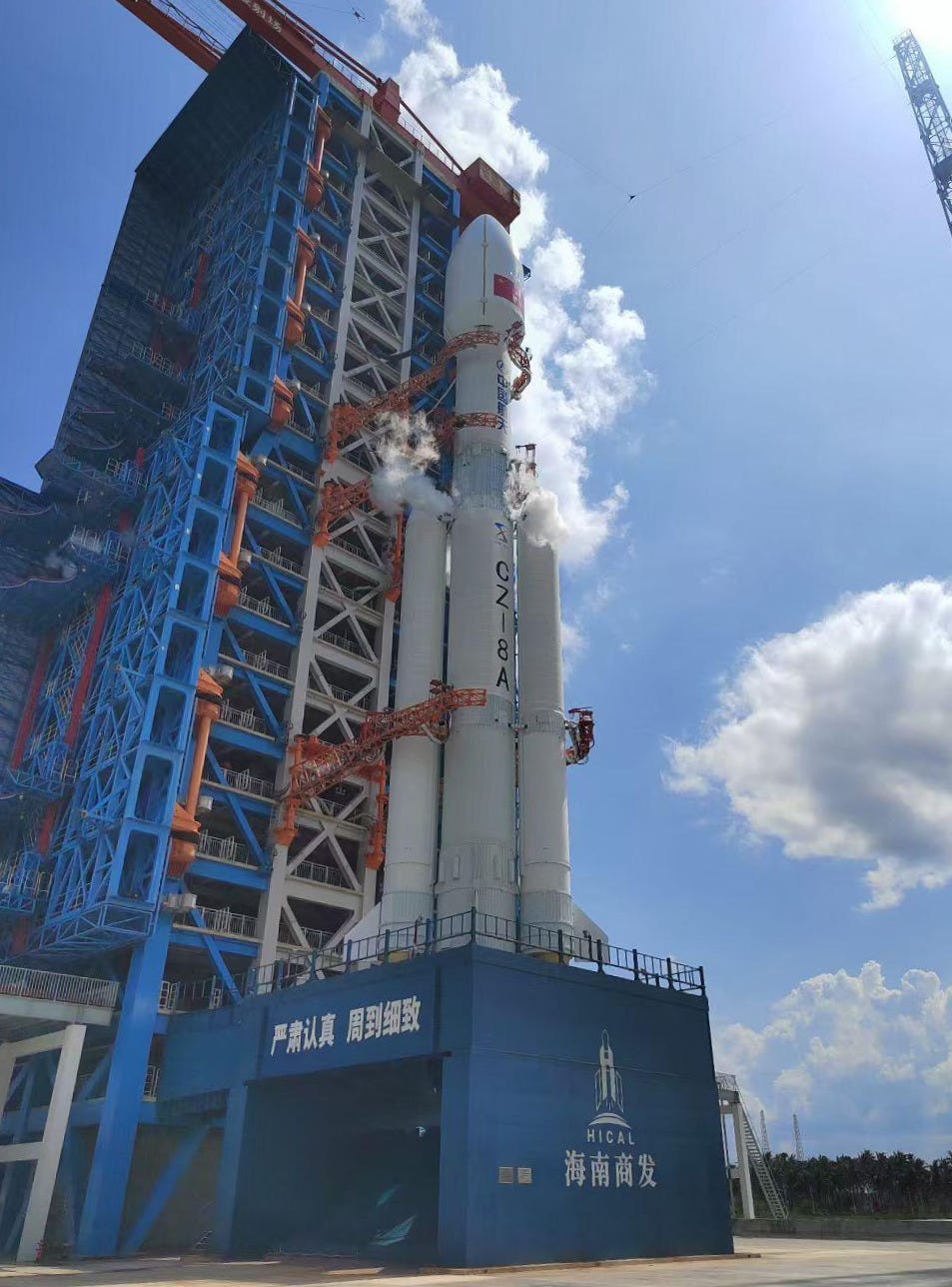More GuoWang Satellites Launched From Wenchang [Long March 8A Y3]
Yet more internet satellites are in Earth orbit.
A Long March 8A blasted off from Commercial Launch Pad 1 at the Wenchang Commercial Space Launch Site at 15:49 pm China Standard Time (07:49 am Universal Coordinated Time) on July 30th, heading to low Earth orbit with another group of internet satellites.
Atop of the Long March 8A were the sixth batch of GuoWang (国网) mega-constellation satellites, with another nine satellites1 onboard like the previous Long March 8A mission. The Innovation Academy for Microsatellites, Chinese Academy of Sciences (中国科学院微小卫星创新研究院) contributed to the satellites onboard.
GuoWang is slowly catching up to the Qianfan (千帆) mega-constellation, also set to provide space-based internet services, with its 90 satellites in orbit, compared to GuoWang’s 48. Deployment of Qianfan satellites is believed to be on hold to troubleshoot some satellite issues, allowing GuoWang to catch up consequently.
The GuoWang constellation is operated by China Satellite Network Group, a state-owned enterprise, and wholly backed by the Chinese government, who plan to have around 400 satellites deployed by 2027. By the 2030s, up to 13,000 satellites could be in orbit providing worldwide internet services, however China-focused services will be the immediate priority.
Two different satellite variants are believed to be in use for the constellation, a larger version used on vehicles like the Long March 5B, while smaller ones are used when launched atop rockets such as the Long March 8A or Long March 6A. An electric propulsion system is likely in use due to a planned operational orbit above 1000 kilometers in altitude, as it would be the most efficient means of propulsion to deorbit each spacecraft once they reach the end of their operational lives after several years.
Today’s mission was the first time the Long March 8A utilized Commercial Launch Pad 1, allowing the vehicle to incorporate further changes and upgrades. Those changes include greater full-process automation with launch control, active drift control at liftoff that enables real-time trajectory adjustments, and supercooled liquid oxygen loading to increase propellant onboard by increasing its density. Ground control systems were also upgraded ahead of the launch.
In its post-launch blog post, the China Academy of Launch Vehicle Technology stated that the mission verified the Long March 8A’s compatibility with the Wenchang Commercial Space Launch Site. The academy expects the launch vehicle to perform high-density launch missions in the near future too.
This mission was the 2nd launch of a Long March 8A vehicle, the 6th launch of the Long March 8 series, and the 586th launch of the Long March launch vehicle series. This was also the 41st launch from China in 2025.
Liftoff video via Hainan International Commercial Aerospace Launch Co Ltd (HICAL), as well as SpaceLens云上天镜, 文昌国际航天城, and China航天 on Weibo.
Livestream replay via CGTN and ThatSpaceDogeGuy on YouTube.
Check out the previous Long March 8A launch
Straight into Business with GuoWang! [Long March 8A Y1]
At 17:30 pm China Standard Time, or 09:30 am Universal Coordinated Time, on February 11th the first Long March 8A blasted off from LC-201 at the Wenchang Space Launch Site heading for low Earth orbit.
What is the Long March 8A?
This section is for those less familiar with China's Long March series of launch vehicles.
The Long March 8A is an improved and more cost-efficient upgrade of the Long March 8 and the future workhorse of its developer, the China Academy of Launch Vehicle Technology. The vehicle utilizes a two-and-a-half-stage design and is fuelled by rocket-grade kerosene and liquid oxygen in its first-stage and boosters along with liquid hydrogen and liquid oxygen in the second-stage.
The payload capacity of the launch vehicle is currently as follows:
9,800 kilograms to low Earth orbit
7,000 kilograms to a 700-kilometer sun-synchronous orbit
6,800 kilograms to a 900-kilometer sun-synchronous orbit
3,500 kilograms to geostationary transfer orbit
The Long March 8A's boosters and first-stage are powered by YF-100 engines, with two engines on the first stage and one on each of the two boosters, generating a combined thrust of 490 tons at liftoff. The second-stage is equipped with two YF-75H, also referred to as YF-75DA, engines which produce 20 tons of thrust.
On the launchpad, the core alone Long March 8 stands at 50.5 meters tall and weighs 371,000 kilograms when fully fuelled. The first and second-stage have a diameter of 3.35 meters, the two boosters have a diameter of 2.25 meters, while the fairing has a diameter of 4.2 or 5.2 meters.
Currently, the Long March 8A is flown from the Wenchang Space Launch Site and the Wenchang Commercial Space Launch Site, both on the east coast of Hainan province.
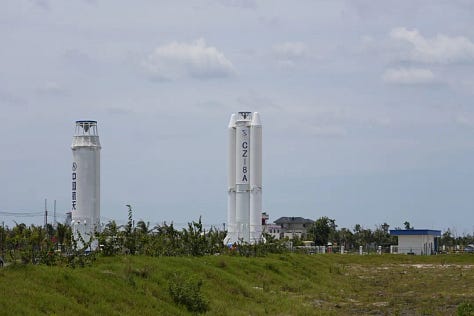
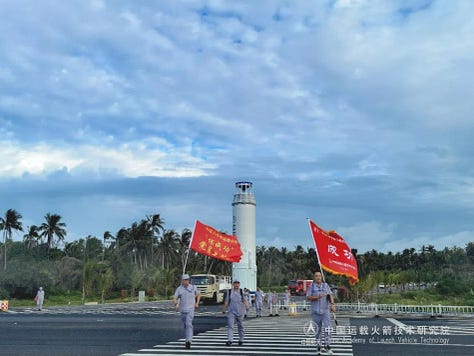
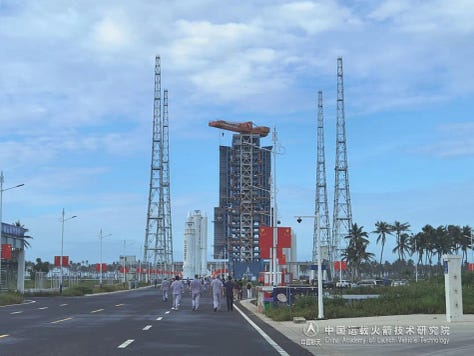
The Academy for Microsatellites stated they had contributed to launching 174 satellites at the time of the launch of Shiyan-28B-01 (试验二十八号B星01星), their previous mission. With today's launch, they state that the figure is 183 satellites.



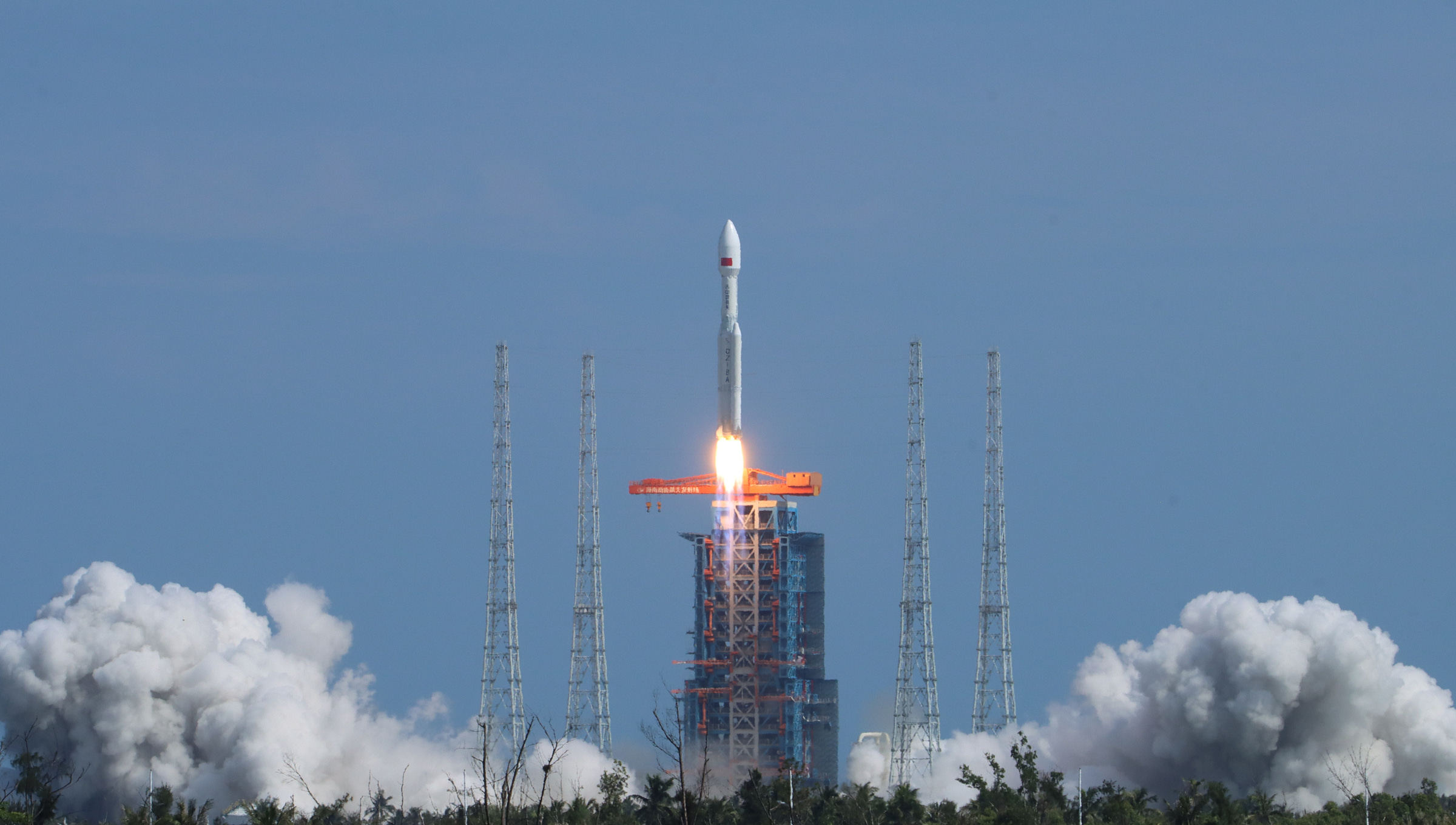
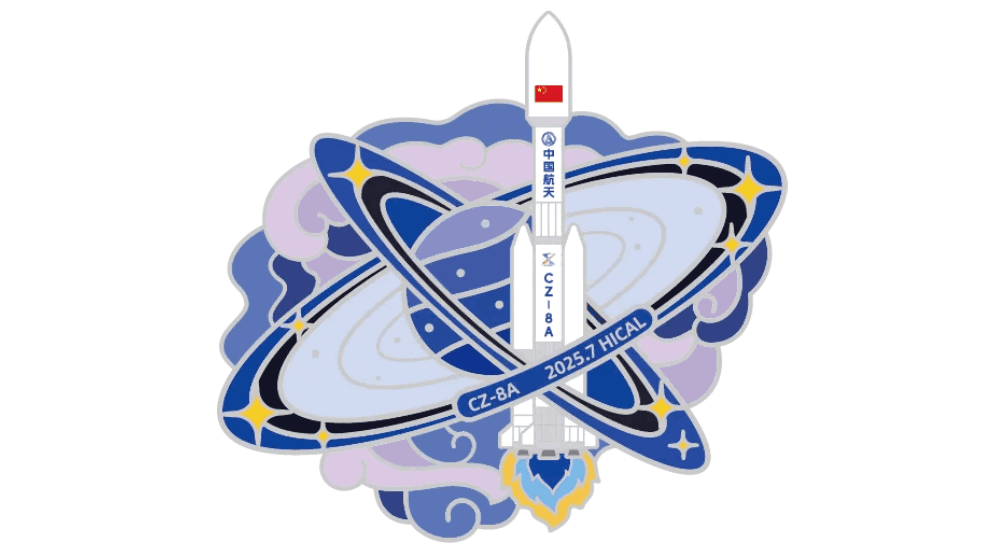
![Straight into Business with GuoWang! [Long March 8A Y1]](https://substackcdn.com/image/fetch/$s_!PBW8!,w_1300,h_650,c_fill,f_auto,q_auto:good,fl_progressive:steep,g_auto/https%3A%2F%2Fsubstack-post-media.s3.amazonaws.com%2Fpublic%2Fimages%2F2a9db57e-768d-4c46-96a1-5c1904836704_2391x1504.jpeg)
